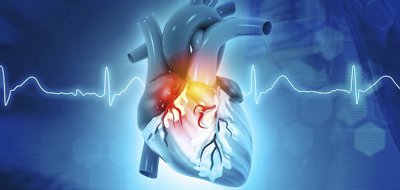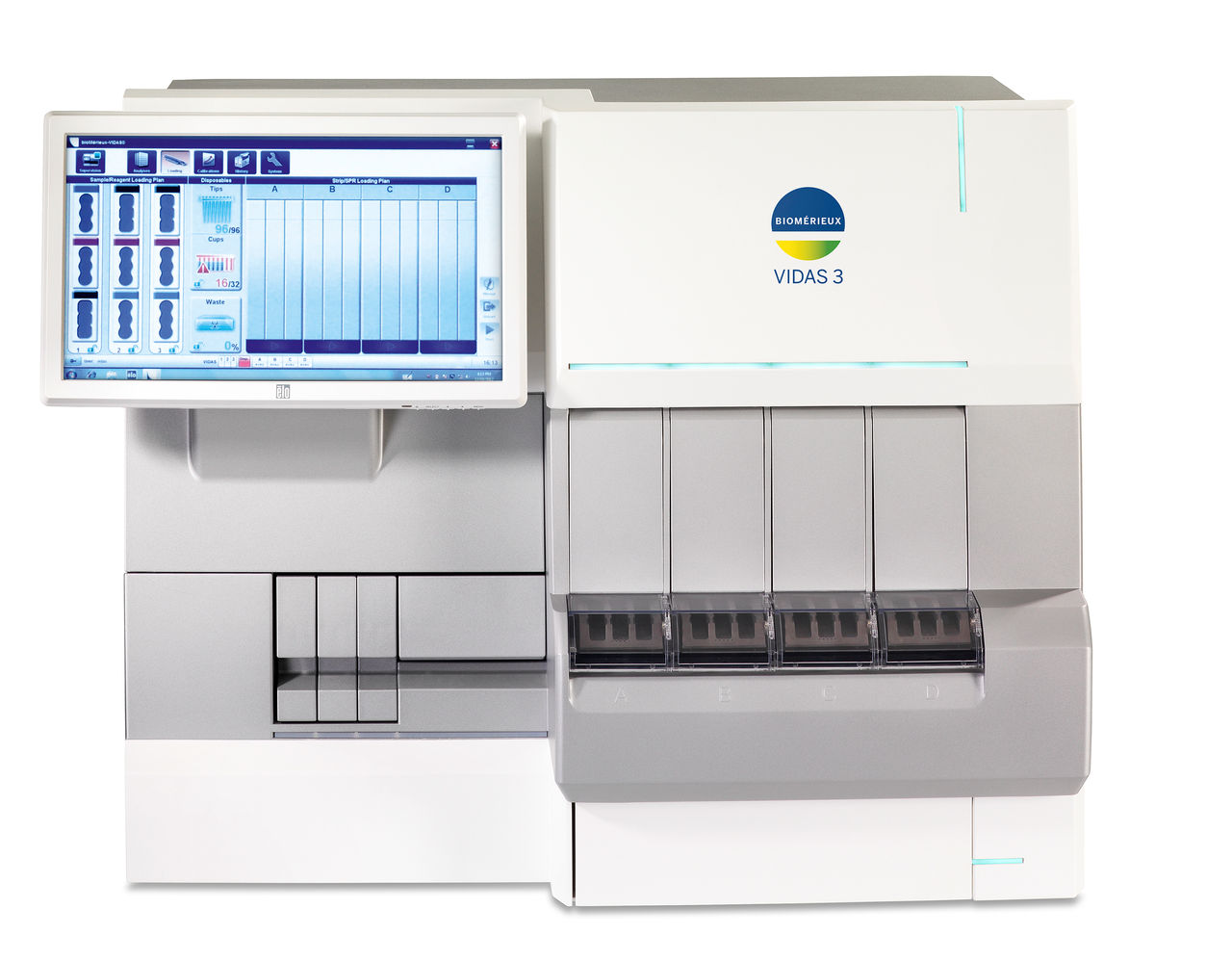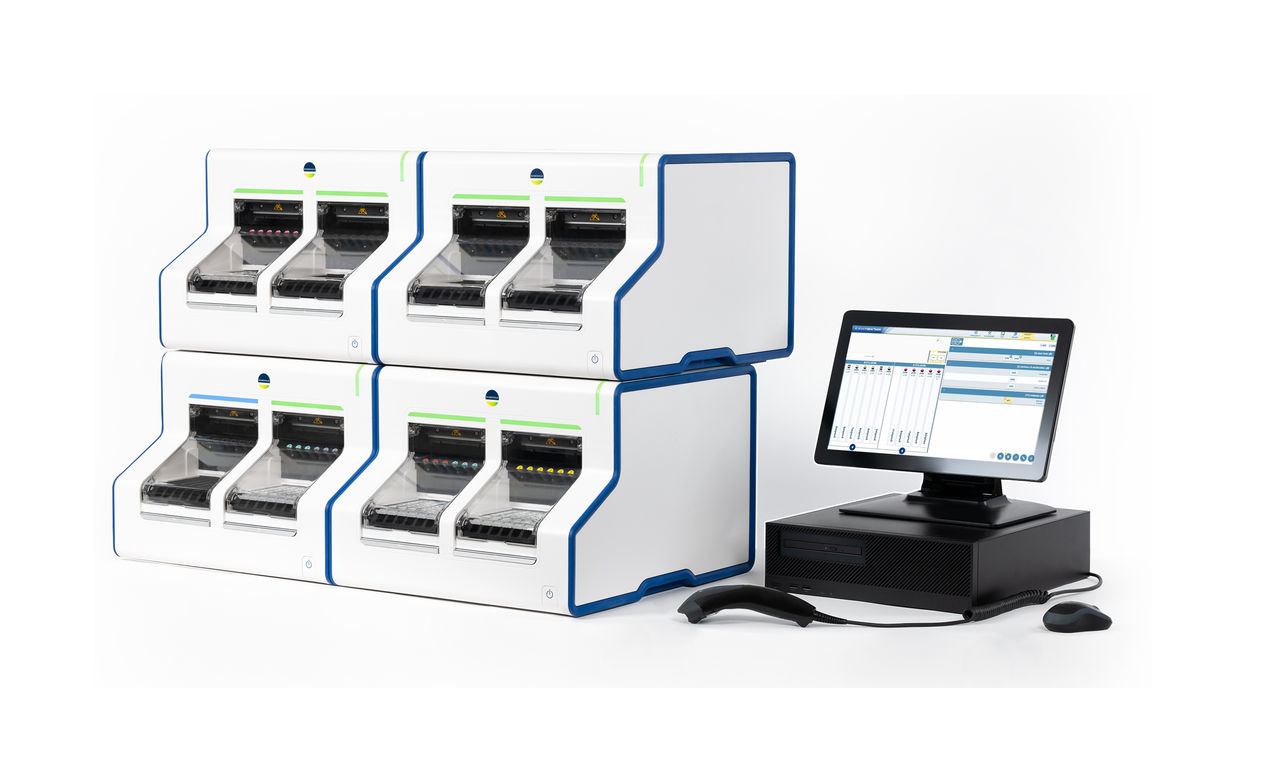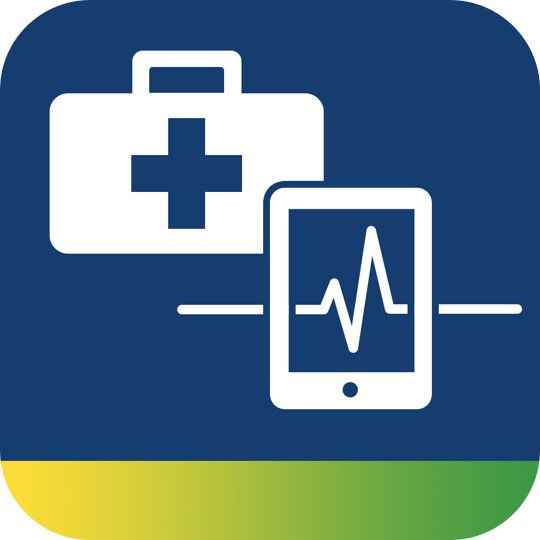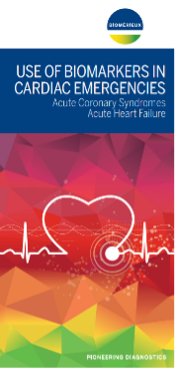What are Cardiovascular Diseases?
Cardiovascular diseases constitute a set of disorders affecting the heart and blood vessels. These disorders include but are not limited to:
- Acute coronary syndrome, which affects blood vessels that supply the heart muscle, preventing blood from reaching the heart, leading to a heart attack.
- Peripheral arterial disease, which affects the blood vessels that supply the arms and legs, leading to blood clots, called deep vein thrombosis (DVT). Pulmonary embolism (PE) occurs when the blood clots break free and migrate to the heart or the lungs.
- Heart failure, which occurs when the heart loses its ability to pump blood throughout the body. Heart failure is sometimes the consequence of acute coronary syndrome or peripheral arterial disease, but it may also result from a heart attack, high blood pressure, or other conditions that cause damage to or weaken the heart.
What is the Healthcare Burden of Cardiovascular Diseases?
Cardiovascular disease is the leading cause of death worldwide, accounting for around one third of the total in 2019. An estimated 18.6 million people died, with the highest number of deaths occurring in China, India, Russia, the United States, and Indonesia.1
- In 2019, cardiovascular diseases affected 523 million people.2
- Patients with heart failure experience substantial impacts on their daily lives and mental health.3
- Cardiovascular disease was estimated to cost the EU economy $210 billion in 2015, 53% of which was due to direct healthcare costs,4 and heart disease and stroke are estimated to cost the United States healthcare system $216 billion per year.5
- Cost estimates for low- and middle-income countries are variable, and further research is needed, particularly considering the size of the disease burden on these countries.6
Diagnostic Challenges with Cardiovascular Diseases
In recent years, researchers have documented a decline in progress in reducing morbidity and mortality for cardiovascular diseases.7 Although cardiovascular diseases present different challenges depending on whether the patient is experiencing an acute condition or a chronic disease, timely and accurate diagnosis is an important issue for both. In the case of acute cardiovascular disease, timely intervention can substantially improve patient outcomes, while delaying care may lead to avoidable death or disability.8 It is also well-established that patients with chronic cardiovascular diseases are more likely to experience acute cardiovascular conditions. Despite that, between 20% and 40% of heart attacks occur in patients with previously undiagnosed cardiovascular disease, 20% with undiagnosed hypertension (high blood pressure), and 30% undiagnosed hyperlipidemia (high cholesterol, triglycerides, and/or other fats in the blood).7
Diagnosis is difficult
There are many contributing factors outside of clinicians’ control that may interfere with diagnosis of cardiovascular diseases, including systemic problems that prevent or delay patients in seeking or accessing care.8 However, even once a patient seeks care, clinicians face diagnostic challenges because symptoms of cardiovascular diseases are complex, vary between patients, and often overlap.9 In addition, emergency departments experience high patient volume with complex diseases in an environment with limited time, capacity, and resources.
Emergency Situations
Efficient and fast patient triage is key in the emergency department: clinicians must prioritize high-risk patients, make safe discharge decisions, reduce unnecessary testing, prevent infection transmission, and above all, initiate appropriate treatment as soon as possible. Out of all emergency department visits, chest pain is responsible for up to 8%, with 15% to 25% of those patients experiencing heart attack (acute myocardial infarction, or AMI).10 Therefore, it is extremely important to be able to quickly and accurately diagnose or rule out heart attack as part of patient triage.
What is our Solution for Diagnosing Cardiovascular Diseases?
Accurate diagnosis equips clinicians to provide appropriate treatment for patients with cardiovascular diseases. bioMérieux provides innovative tests for acute and complex situations to deliver fast, actionable results. Our VIDAS® range of immunoassays includes several different biomarkers, along with validated result interpretation algorithms, that are helpful for diagnosing and assessing patients for acute coronary syndrome and heart failure.
The new generation of highly sensitive troponin assays can detect very small increases in cardiac troponin. This high sensitivity to low troponin levels and to small variations in troponin concentration helps clinicians diagnose myocardial infarction accurately and reliably (whether confirmation or exclusion) in most patients presenting to the emergency department with chest pain.
Additionally, in patients diagnosed with heart failure, prognostic information on future risk for hospital readmission and/or death is useful for both caregivers and patients. Prognostic information may assist clinicians in planning discharge decisions, the intensity of follow-up visits, and with patient management decisions concerning further medical or surgical intervention. bioMérieux offers biomarkers such as VIDAS® NT-proBNP that have been shown to provide incremental independent prognostic information.
Cardiovascular Diseases - Our Diagnostic Offer
To address the challenges of diagnosing and managing cardiovascular diseases, including acute coronary syndrome and heart failure, bioMérieux provides a range of biomarkers on our trusted VIDAS® platforms, along with validated result interpretation algorithms and clinical decision trees to support accurate and reliable biomarker usage.
Disclaimer: Product availability varies by country. Please consult your local bioMérieux representative for product availability in your country
-
VIDAS® 3
Trusted. Robust. Innovative.
With its advanced immunoassay technology and optimized testing protocols, the fully automated VIDAS® 3 benchtop immunoanalyzer empowers your lab with confidence, offering the precise results you need, when you need them.
-
VIDAS® High sensitive Troponin I
Optimize the Management of Acute Coronary Syndrome (ACS)
The VIDAS® High sensitive Troponin I assay is intended to be used as an aid in the diagnosis of myocardial infarction delivering a diagnosis in only two hours and for the risk stratification of patients with acute coronary syndrome.
-
VIDAS® NT-proBNP 2
Exclusion or Confirmation of Acute Heart Failure
VIDAS® NT-proBNP2 is a useful tool for rapid and clinical assessment and diagnosis of patients with symptoms of suspected heart failure.
High sensitivity and specificity allows initiation of timely, appropriate treatment.
Cost-effective tool adapted to emergency situations.
-
VIDAS® KUBE™
Stackable benchtop automated immunoassay solution
VIDAS® KUBE™ is designed to preserve everything labs appreciate about the VIDAS® Solution combined with advanced technology. VIDAS® KUBE™ is a truly flexible, cost-effective automated immunoassay solution providing fast results in complete confidence.
-
MYACUTECASE™ Mobile App
All the information you need for confident clinical decision- making with the VIDAS® Emergency & Critical Care assays
Designed for healthcare professionals, MYACUTECASE™ is a first-of-its-kind app. Used in conjunction with clinical assessment and other laboratory findings, it provides comprehensive biomarker information and useful tools for:
Useful Resources on Cardiovascular Diseases
Contact Us for Information on Cardiovascular Disease Diagnostic Solutions
Contact Us
References
1. Roth GA, Mensah GA, Fuster V. The Global Burden of Cardiovascular Diseases and Risks. Journal of the American College of Cardiology. 2020;76(25):2980-2981. doi:https://doi.org/10.1016/j.jacc.2020.11.021
2. Roth GA, Mensah GA, Johnson CO, et al. Global Burden of Cardiovascular Diseases and Risk Factors, 1990-2019: Update From the GBD 2019 Study. Journal of the American College of Cardiology. 2020;76(25):2982-3021. doi:https://doi.org/10.1016/j.jacc.2020.11.010
3. Cowie MR, Anker SD, Cleland JGF, et al. Improving care for patients with acute heart failure: before, during and after hospitalization. ESC Heart Failure. 2014;1(2):110-145. doi:https://doi.org/10.1002/ehf2.12021
4. Timmis A, Townsend N, Gale CP, et al. European Society of Cardiology: Cardiovascular Disease Statistics 2019. European Heart Journal. 2019;41(1):12-85. doi:https://doi.org/10.1093/eurheartj/ehz859
5. Health and Economic Costs of Chronic Diseases | CDC. www.cdc.gov. Published January 12, 2021. https://www.cdc.gov/chronicdisease/about/costs/index.htm#ref3
6. Gheorghe A, Griffiths U, Murphy A, Legido-Quigley H, Lamptey P, Perel P. The economic burden of cardiovascular disease and hypertension in low- and middle-income countries: a systematic review. BMC Public Health. 2018;18(1). doi:https://doi.org/10.1186/s12889-018-5806-x
7. McClellan M, Brown N, Califf RM, Warner JJ. Call to Action: Urgent Challenges in Cardiovascular Disease: A Presidential Advisory From the American Heart Association. Circulation. 2019;139(9). doi:https://doi.org/10.1161/cir.0000000000000652
8. Lee ES, Vedanthan R, Jeemon P, et al. Quality Improvement in Cardiovascular Disease Care. PubMed. Published 2017. https://www.ncbi.nlm.nih.gov/books/NBK525162/
9. Jurgens CY, Lee CS, Aycock DM, et al. State of the Science: The Relevance of Symptoms in Cardiovascular Disease and Research: A Scientific Statement From the American Heart Association. Circulation. 2022;146(12). doi:https://doi.org/10.1161/cir.0000000000001089
10. Slankamenac K, Stucki M, Keller DI. Chest Pain in Repeated Emergency Department Visitors. Journal of Clinical Cardiology. 2020;1(1). doi:https://doi.org/10.33696/cardiology.1.001
